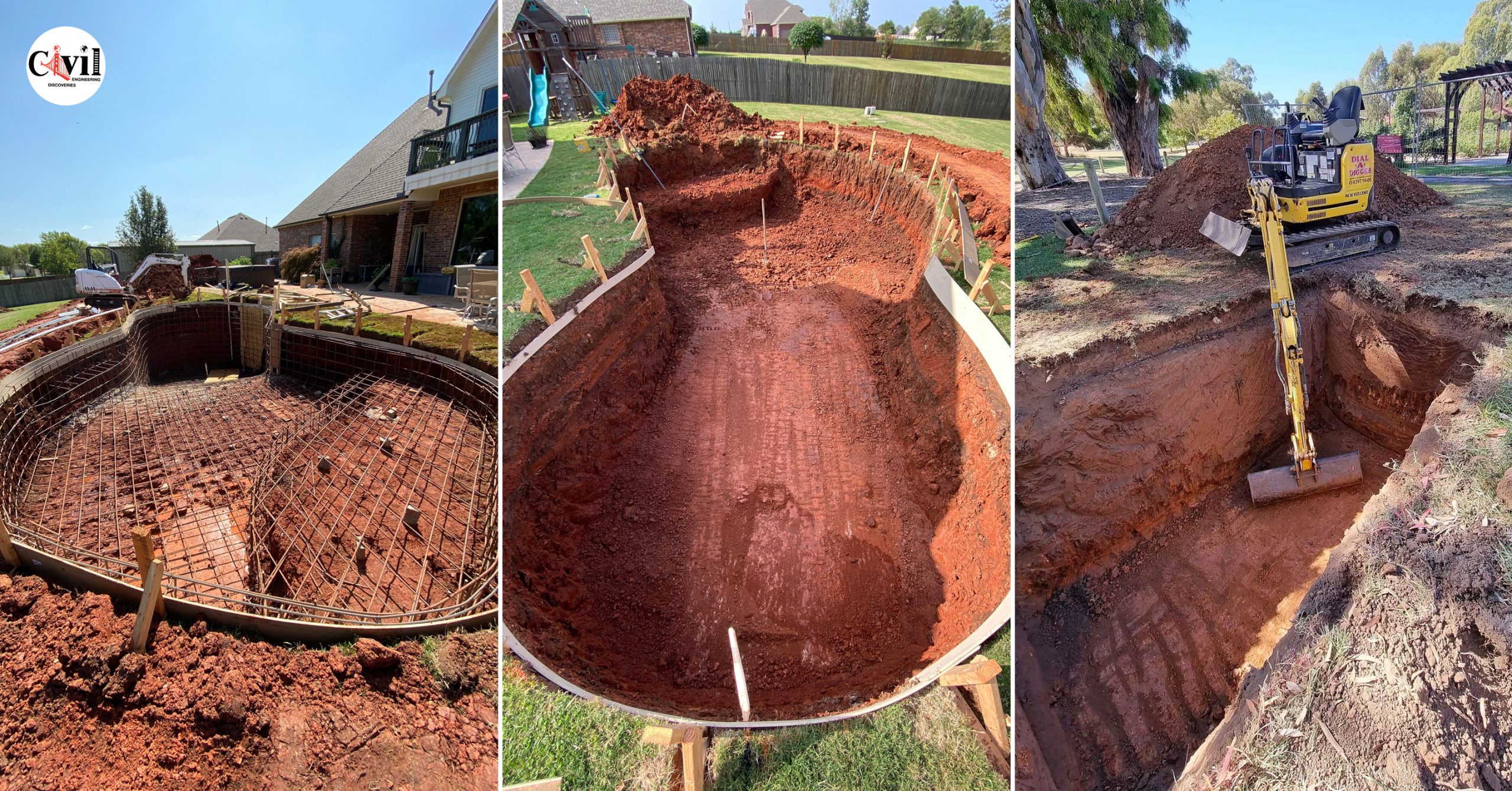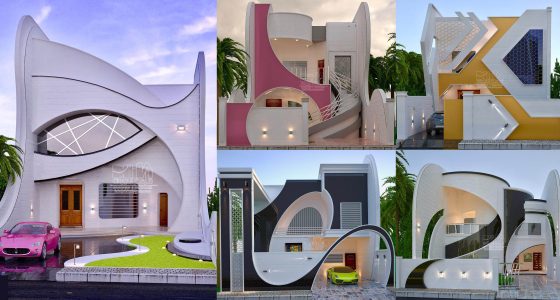Swimming pools are a luxurious addition to any property, offering a refreshing retreat during hot summer days. Among the various types of swimming pools, RCC (Reinforced Cement Concrete) concrete pools stand out for their durability, strength, and customizability. If you’re considering installing a swimming pool, learning how to construct an RCC concrete pool can be an invaluable investment. In this guide, we’ll walk you through the step-by-step process of building an RCC concrete swimming pool to help you create the oasis of your dreams.
Understanding RCC Concrete Construction
RCC concrete construction involves the use of reinforced concrete, where steel bars or mesh are embedded within the concrete to enhance its strength and durability. Before diving into the construction process, it’s essential to gather the necessary materials, including cement, aggregates, steel reinforcement, formwork, and waterproofing materials.
Design Considerations for RCC Concrete Swimming Pools
Before breaking ground, carefully consider the design elements of your swimming pool. Factors such as size, shape, depth, slope, and desired water features will influence the overall aesthetics and functionality of your pool.
Site Preparation and Excavation
Prepare the site by clearing vegetation, leveling the ground, and marking the pool’s perimeter. Excavate the area to the desired depth, ensuring proper drainage and slope for efficient water circulation.
Formwork Installation
Install formwork to define the shape and structure of the pool. Choose between traditional wood formwork or modern alternatives like fiberglass or steel. Ensure the formwork is securely placed and properly aligned to prevent concrete leakage.
Reinforcement Placement
Lay down the steel reinforcement according to the pool’s design specifications. Use sturdy supports to keep the reinforcement in place and ensure proper spacing to enhance structural integrity.
Concrete Pouring and Curing
Prepare the concrete mix according to recommended ratios and pour it into the formwork. Vibrating the concrete helps eliminate air pockets and ensures uniform distribution. Allow the concrete to cure gradually, covering it with wet blankets or using curing compounds to prevent cracking.
Finishing Touches
Once the concrete has cured, smooth the surface using trowels to achieve a polished finish. Apply waterproofing coatings to protect the concrete from water damage, and consider installing tiles for added aesthetic appeal.
Filtration and Plumbing Installation
Install a filtration system to keep the pool water clean and clear. Plan the plumbing layout carefully, considering the location of skimmers, drains, and return jets for optimal circulation and filtration.
Electrical Installation
Ensure proper lighting and electrical safety by installing underwater lights and grounding all electrical components according to local regulations.
Testing and Inspection
Before filling the pool with water, conduct structural integrity tests to ensure the concrete is sound and free of defects. Perform water quality tests to balance pH levels and adjust chemical treatments as needed.
Landscaping and Surrounding Features
Enhance the pool area with landscaping features such as decking, patio furniture, and lush greenery. Create a seamless transition between the pool and its surroundings for a cohesive outdoor oasis.
Maintenance Tips for RCC Concrete Swimming Pools
Maintain your RCC concrete pool regularly by skimming debris, vacuuming the pool floor, and checking chemical levels. Invest in a pool cover to minimize evaporation and reduce heating costs during colder months.
Benefits of RCC Concrete Swimming Pools
RCC concrete swimming pools offer unparalleled durability, longevity, and customization options. With proper care and maintenance, your RCC concrete pool will provide years of enjoyment for you and your family.


























